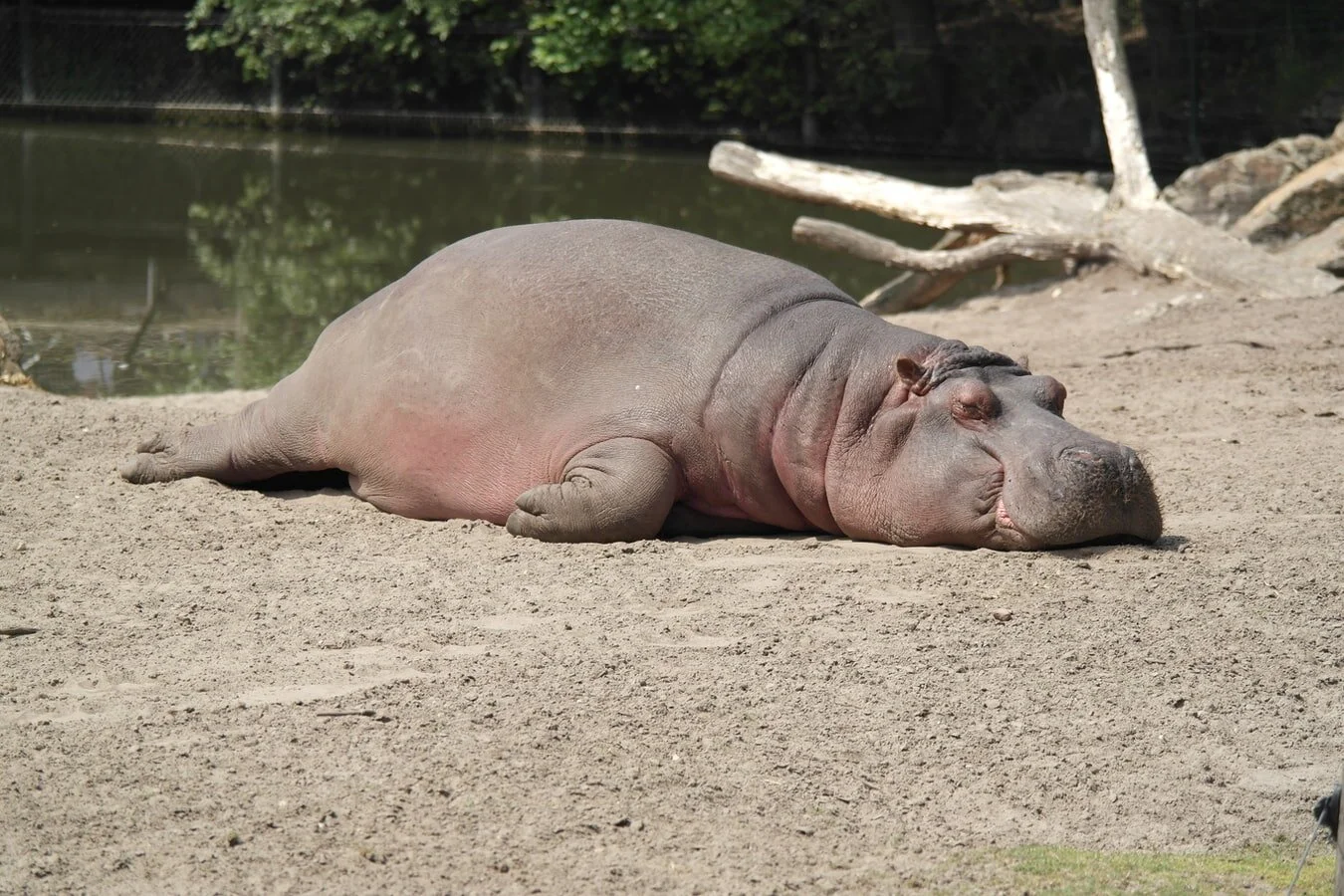Tolkien Tuesday: The Best Ale Makes Immersive Characters
If nothing else, geeks are good at asking questions about fictional worlds that even the writers haven't thought of.
Where do you pee on the Enterprise? Also, it must suck having to take off the uniform every time. Those early season Next Generation onesies must have been especially troublesome.
Actually, bathroom needs are one of those things you don't typically think about but, hey, if we are writing worlds that feel alive, the questions about the process are going to come up.
Think of any fantasy setting with characters walking through the world. Characters gotta do what they gotta do, right? Not the best image when thinking of Gandalf, but maybe Maia run on different rules.
As geeks and writers, we love wondering about the day-to-day routine of characters. I've found myself following NPC's in Red Dead Redemption just to see what all these people are up to all day. (Spoiler alert: they’re almost all alcoholics).
Me after finishing the main story
Something like the Death Star from Star Wars brings some interesting questions. There's a lot of troops on that massive thing, and they can't all be on duty all the time, right? Is there a req room or something? Do they get some DnD groups going somewhere?
The point is, we ask these kinds of questions because we become so invested in the characters of a world that we want to know the little details of their lives. Like Mystery Science Theater suggests: if we are wondering how they eat and breath, and other science facts, just repeat to ourselves it's just a show, we should really just relax.
But that’s the key; you want your reader to forget it's just a story. You want them immersed completely.
We have talked about building character with symbolism and focusing on the central conflict. All are pretty lofty, significant moments that create the foundation of story. But, you can't forget about the little moments. Those can build character just as much as the epic battles.
Tolkien is the master at filling in the little details. If it wasn't in his narrative, he had it in the appendix at the back of Return of the King. Then he followed up with letters because people kept writing him asking how many Balrogs existed in the world. That's investment!
Tolkien was able to cultivate this kind of love from the small things just as much as the big sweeping ones.
Take Hobbits, for example. Why do we find them so relatable? I mean, there's plenty about their bickering, nosy social chismosas, and their hatred of anything close to adventure. Yet, we love them. Why?
Because they love food and song and cheer. How can we not love them when we know just how much they want that second breakfast? That's something I can spiritually connect to.
Ah, my perfect afternoon: day drinking and tower sieging
Tolkien gets specific with these little details.
It's one thing to know the Hobbits love a good ale, it's another to know which pub in the Shire can provide that.
Book readers, do you remember it?
Now, we all want to go to The Green Dragon, but the best ale around is from The Golden Perch. I imagine they sell the triple IPA's of the Shire.
As a craft beer lover, I appreciate that Pippen, in spite of Nazgul being on their heels, wants to risk staying on the road so they can stop by The Golden Perch. It's a tiny moment, but it lets me know exactly what kind of character Pippen is (he's me) and when he takes on more and more responsibility, I can see him grow.
All because I know he wants to make a pit stop for that barrel-aged sour.
There's plenty between characters too. The little moments that help us see a friendship grow.
Legolas and Gimli could probably have their own sitcom. One's a beautiful Elf obsessed with the forest, and the other is an incorrigible Dwarf who just wants some salted pork!
We are told their friendship is growing, but we really get to see it in action at Helm's Deep. Just like the movie, they have a counting game to see who cleaves the most orcs. It's on ESPN Tâd after 10pm in the Riddermark.
The battle itself could have played out and had the impact and meaning it needed without this little moment between Gimli and Legolas.
Yet, with it, we see a little deeper into the characters. They are more than just plot drivers with axes and bows, but two living people that share a little friendly competition.
When an Elf and Dwarf party hard
My favorite little character moment is so tiny it only struck me after reading multiple times. It comes from The Two Towers when our heroes are resting on the flooded field of victory at Isengard.
We all know the Hobbits are going to enjoy some smoking and eating, but we get to see some more characterization for someone you would not expect: Aragorn.
Aragorn kicks up his boots and smokes the good stuff with Pippen. Those two get very little interaction, but we get to have a small character moment here that turns into something profound.
Maybe Aragorn feels more relaxed around Pippen. After all, this is the Hobbit that wanted a detour to sip the rare ale as they journeyed to save the whole world and stuff.
This is the first time Aragorn has been able to relax since Lothlorien, all the way back in the first book.
He has guided the Fellowship down Orc-lined rivers, made tough choices about where the Ring should go, hunted orcs to rescue Hobbits, helped bring Theoden out of his gloom-state, and killed probably more Uruk-hai than Legolas and Gimli combined at Helm's Deep.
Dude deserves a breather.
A lesser author would have implied that he got some sleep or said there were a couple of days where he took much-needed rest. Not Tolkien. He wants us to see his character and connect to him.
Pippen exclaims that Strider has returned and Aragorn is acting like a Ranger again. Aragorn responds, saying that he is both Strider and Aragorn. Ranger and King. Wanderer and Ruler. Dynamic.
This tiny moment suddenly has a significant impact. We understand that Aragorn is something more than the pages of this book have been able to reveal.
And all he's doing is smoking the dank Southfarthing stuff.
“I might be wandering man…but I ain’t lost, you know?”
Not only do these little moments flesh out the character, but they help in worldbuilding too. We know about the best pipeweed in the Shire because Tolkien goes out of his way to mention it. Saruman even gets his hands on some and keeps it at Isengard.
How many times have you thought, "I just want to live in Middle Earth now." I know I have. You can plop me in that world anywhere, and I could find my way.
You picture yourself at The Prancing Pony, imagine canoeing through the Argonath, or waking up to a peaceful sunrise in Rivendell. That's immersion, and so much of our imagery comes from those little character moments.
That's what you want your reader to feel too.
Find a balance. It can't all be little moments and nothing else. (We have talked about always keeping the central conflict in mind before).
But, some small details like Bilbo comparing himself to bacon can go a long way to get your readers invested in both the characters and the world you have built.
Whether fantasy or another genre, find out what your characters do in their downtime.
Do they like beer? Or are they a mixed drink kind of person?
Maybe they shun alcohol. Why?
Does your character kick off their shoes when they get home and immediately get those nasty socks thrown into the hamper?
Where do they typically meet their friends?
Do they have friends?
What does a moment of peace look like for your characters?
Make them feel tangible. Make it seem like the reader can plop into the world and lose themselves too.
What if someday you are responding to your readers, answering questions about the tiny things of your world?
Tolkien fielded questions ranging from the terminology of the Elves that returned to Middle Earth after leaving it, to discussions of how tree-like the Ents were.
You can have these kinds of engaged readers too, and sometimes all it takes are the tiny details.
Write like a geek and tell better tales. If this helped you write more immersive stories, then join my newsletter for more tips and storytelling analysis from your favorite franchises. Just click below.











